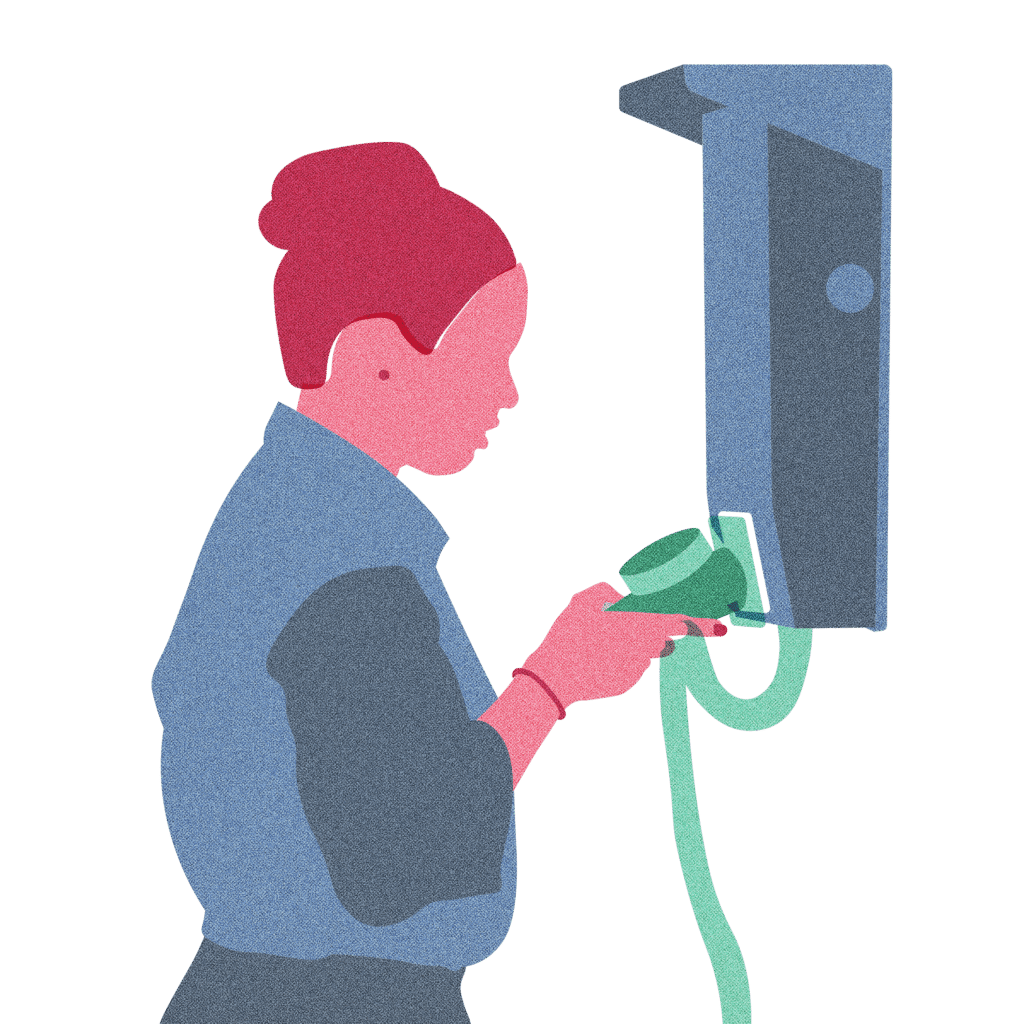Accelerating Solar Home Systems in Uganda: An assessment of the tax and subsidy options
In its 10-year Rural Electrification Strategy and Plan 2013-2022 (RESP), the Ugandan government set a target to increase access to electricity in rural areas to 26% by 2022. This includes increasing the number of off-grid connections by 138,500, with over 95% expected to be SHS installations.
The UK Government’s Energy Africa campaign engaged the Uganda Off-Grid Energy Market Accelerator (UOMA), led by Open Capital Advisors and Economic Consulting Associates to conduct an analysis of the various fiscal policy options available to accelerate the market for Solar Home Systems (SHS) in Uganda.
The objective of their report is to provide recommendations for the Uganda government on how fiscal policy can be utilised to meet the targets and plans highlighted in the Off-Grid Strategy. The report analyses the current policies, evaluates global practices, conducts a cost-benefit analysis and makes recommendations to inform the decision-making process of policymakers in Uganda.
Read the full report [PDF 825KB].
















